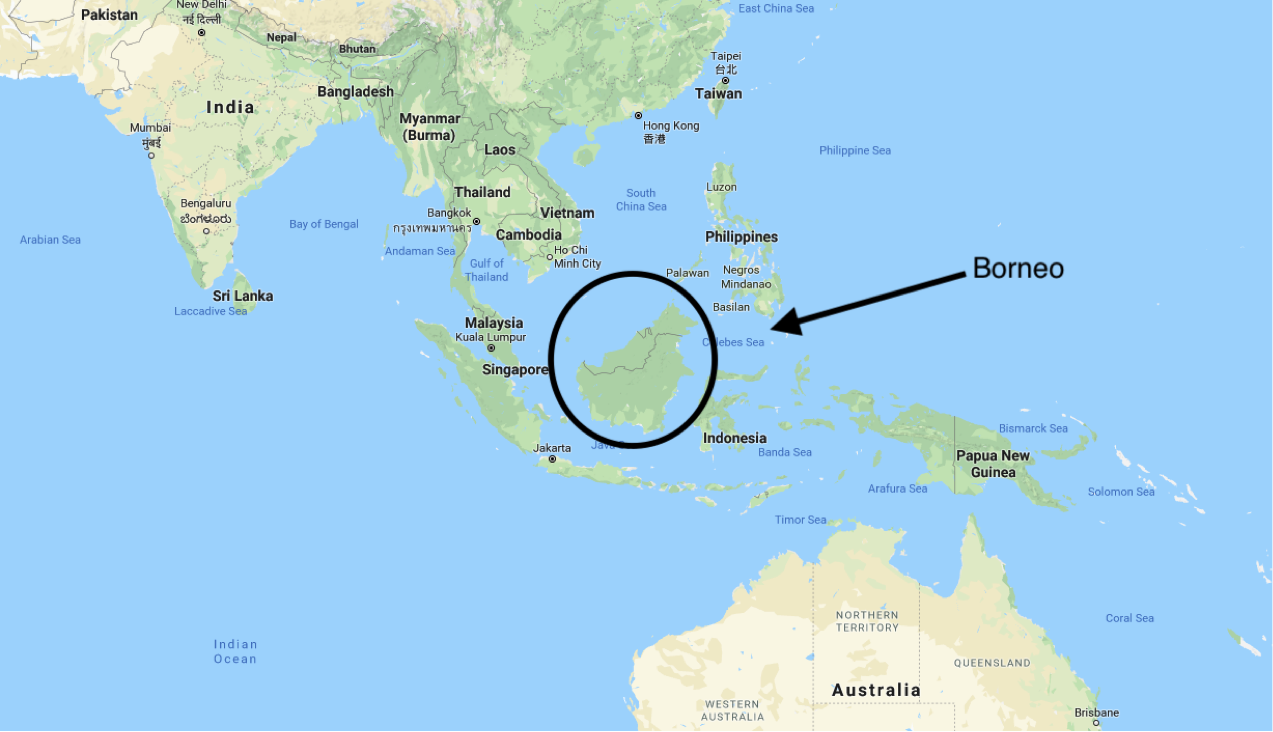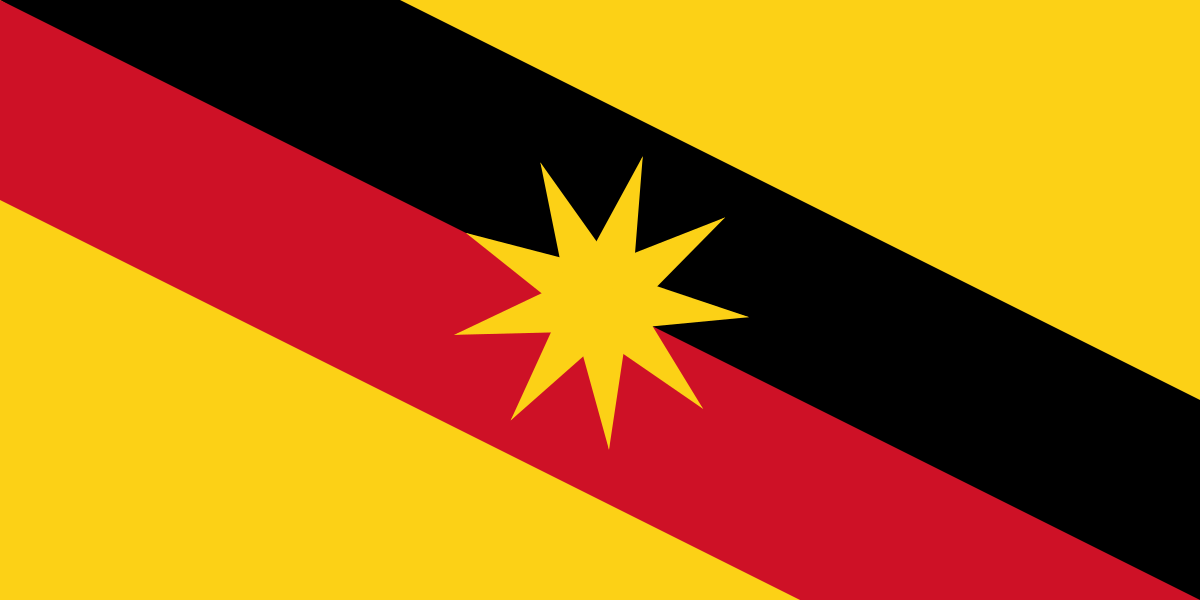Where is Borneo?


Geography
The Island of Borneo lies at the heart of Southeast Asia, just north of the Equator. It is the third largest island in the world and comprises 3 different countries: Malaysia, Brunei and Indonesia. It sits just south of the South China Sea with the Sulu Sea, Celebes Sea Makassar Strait, Java Sea and Karimata Strait surrounding the island. Mt Kinabalu is 4.095 m above sea level and is the third highest mountain in South-East Asia. The warm climate and high rainfall have provided Borneo destinations with some of the oldest extensive tropical rainforests in the world with large caves and river systems. It has an incredible range of biodiversity with hundreds of species of birds, bats, plants flowers and insects.
Climate
Borneo experiences an equatorial climate and therefore is generally hot and humid all year round. Rainfall tends to be short heavy bursts followed by sunshine. As with all tropical destinations, climates are unpredictable and rainfall can occur at any time of year, with weather conditions often changing very quickly and showers turning to sunshine or vice versa in a matter of minutes. Generally speaking a peak in rainfall occurs between November and March. In short, always be prepared for hot, humid and rain at any time. Temperatures in May range from 22 – 32 degrees Celsius.
History
Malaysia’s history has been shaped by its location on the principal trade routes between East and West Asia, with archaeological evidence of trade between China and the Malay Peninsula from the 1st Century CE. East Malaysia. Sabah was originally governed by the Sultan of Sulu and ceded to the British in 1881. Sarawak, an original part of Brunei, was surrendered to James Brooke in 1841 and governed by Brooke and his descendants for the next 100 years. Brunei still remains under the rule of the Sultan of Brunei.
With the advent of World War II in 1941, the Japanese occupied Sarawak and Malaysia for over three years. Before the end of the war, the Japanese walked soldiers across Sabah in a series of forced marches, known as the Sandakan Death March. Thus resulting in the death of 2,345 allied soldiers. After the Japanese surrender Britain returned and helped form what is known as the Federation of Malaya in 1948 and the Crowned Colonies of Sarawak and Sabah were included in 1965.
Language
Bahasa Melayu is spoken in Sarawak, Sabah and Brunei. There is a large Chinese population that have their own dialects. There are also local traditional Dayak languages such as Kadazon -Dusan, Iban, Bidayuh and Kelabit. English is widely spoken throughout Borneo.
Religion
The main religion is Islam and therefore dress codes are conservative. Long sleeves and long pants are commonly worn, however, visitors do not need to cover up, but dressing modestly is recommended (covering legs and shoulders), as is being careful with public alcohol consumption and displays of affection. Many of the Ethnic groups have either been converted to Islam or Christianity.
Ethnic Groups
There are more than 40 ethnic groups with their own culture, language, culture and lifestyle.
- Malays make up 20% of the population. Traditionally fisherman, they are famed for their wood carvings, silver and brass craftings as well as textile weaving with gold thread. Malays and Bruneian’s are Muslims in religion.
- Chinese first came as traders and explorers they now make up 29% of the population. They maintain their ethnic heritage and culture are predominantly Buddhist or Christian.
- Melanau are thought to be the original settlers of Sarawak, they traditionally lived in tall houses. Today many are Muslim or Christian though still celebrates animist festivals.
- Iban’s form the largest percentage of the population. Reputed to be the most formidable headhunters on the Island of Borneo. They live in community groups in longhouses, a wooden stilted structure compromising many rooms. Today most Ibans are Christian.
- The Bidayuh are originally from West Kalimantan (now Indonesia.) The traditional house is roundhouse and they are well known for their hospitality.
- Orang Ulu means upriver people who live in the interior. They are very artistic people with longhouses decorated in painted murals and wood carvings. They are well known for their intricate detailed tattoos. They also play a musical instrument called a Sape, similar to a mandolin.
- Penan are the true nomadic people and are among the last of the world’s hunter and gatherers, hunting wild boar and deer with blow-pipes. They are skilled weavers and make high-quality baskets and rattan mats.
Book with Dee-Luxe Journeys
For more information, all enquiries and to book a tour with Dee-luxe Journeys, please contact us today.



